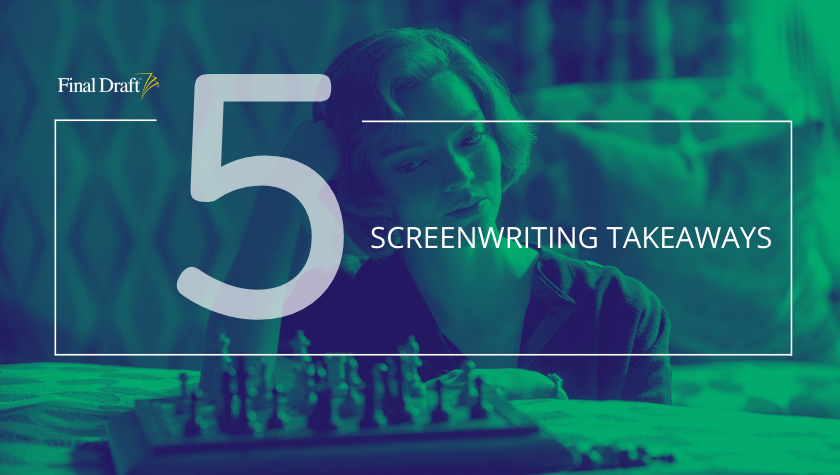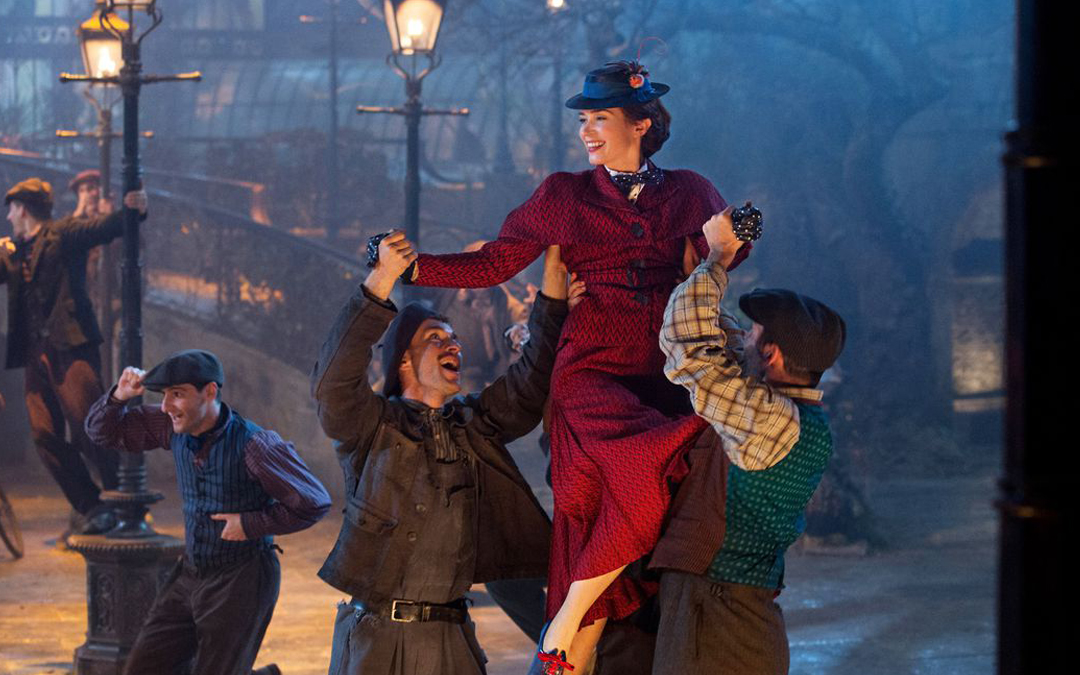All the Write Moves: Mary Queen of Scots
December 4, 2018
In a life that spanned just 44 years, Mary Stuart (1542-1587), better known as “Mary, Queen of Scots,” changed the course of British history and left behind an example of empowered womanhood that continues to fascinate. She’s been the subject of books, plays and movies, including the 1971 picture Mary, Queen of Scots, which stars Vanessa Redgrave as Mary and Glenda Jackson as Mary’s cousin, Queen Elizabeth I of England. Now a new film of Mary’s life — titled simply Mary Queen of Scots (without the traditional comma) — has reached theaters with Saoirse Ronan as Mary and Margot Robbie as Elizabeth.
Briefly, here’s the historical backdrop of the story: England was under Protestant rule circa 1561, and as an unmarried woman without heirs, Elizabeth had reason to fear that others would challenge her reign. When Elizabeth’s cousin, Mary, returned to her native Scotland after the death her husband, the king of France, Elizabeth and her advisors immediately recognized Mary as a grave threat. Not only was she a contender for the throne by blood, but she was also a Catholic and therefore potentially able to rouse anti-Protestant fervor.
Based on John Guy’s biography Queen of Scots: The True Life of Mary Stuart and written for the screen by Beau Willimon of House of Cards fame, Mary Queen of Scots explores how the diplomatic dance that Mary and Elizabeth played through correspondence and representatives escalated to mortal combat; partially because powerful men ensnared the queens in craven schemes, and partially because neither woman conceded dominance to the other.
Parallel tracks
Few storytelling techniques are as familiar as the framing device used in Mary Queen of Scots. In the opening sequence, Mary is escorted from a prison cell to an execution chamber. Then, as the executioner poises an axe over her neck, the story cuts back in time 25 years to Mary’s return from France; the event that began her war with Elizabeth. The story follows a linear progression through time, barreling through years of history until catching up with the opening scene for a resolution that gives the picture closure and symmetry.
Why would an imaginative writer like Willimon employ such a comparatively pedestrian technique? Because despite its familiarity, this sort of framing device is one of the most effective means available for entering a historical tale. The first chapters of most real-life narratives are mundane, seeing as how reality doesn’t always provide tidy inciting incidents. Concurrently, presenting historical fiction usually requires the placement of lots and lots of exposition toward the beginning of the piece, which adds to the feeling of a slow start.
Hence the popularity of the framing device wherein a climax is introduced immediately and then interrupted just as quickly. When this device works, the audience gets hooked fast; viewers are curious why the climax occurred, and they’re anxious to know how the climax resolves.
This has the effect of making the storytelling feel faster than it would otherwise, because consciously or subconsciously, the audience watches the film on parallel tracks. On one level, the audience watches the movie unfold from scene to scene; on another, the audience waits to see what happens on the other end of the ellipsis that was created when the climax was interrupted.
Takeaway: When trying to draw viewers into a story with a slow start, tempt them with the promise of something sensational to come
This must be the place
The first time the story cuts from Mary in Scotland to Elizabeth in England, striking visual contrast is used to accentuate aspects of character and theme. Mary’s sanctuary is an imposing castle built of dark stone, with faint light from overcast windows. The vibe is that of a dungeon, suggesting that Mary is imprisoned by her situation. Elizabeth, however, holds court in a bright, sunny room filled with people wearing glorious clothing. The space reflects Elizabeth’s comfort in her power as well as her freedom of movement, as compared to the constraints on Mary’s lifestyle.
There’s more to the contrast between these characters than the differences between their environments, but this cinematic device gives the audience a visceral push in the right direction vis-à-vis understanding the gulf separating these two women.
Takeaway: Use contrasting locations to establish contrasting characters
This woman’s work
Mary Queen of Scots takes quite a few historical liberties, some of which relate to the screenplay and some of which don’t. The choice to employ color-blind casting, with persons of color occupying the English and Scottish courts in a way that’s historically inaccurate, is one such liberty. Another is the choice to invent a face-to-face meeting between Elizabeth and Mary, even though historians generally believe no such meeting occurred (the filmmakers behind the 1971 version also invented a face-to-face encounter, so the contrivance in the 2018 film has precedent).
Yet the biggest historical liberty in the picture happens on a thematic level. Mary Queen of Scots is a feminist statement with considerable relevance for the #MeToo era. While some of this thematic heft is inherent to the material — Mary and Elizabeth are among history’s most formidable women — much of the dialogue speaks to the issue of men resenting women with power. At one point, when England and Scotland seem certain to war with each other, a British ambassador (Adrian Lester) poses a question to a Scottish nobleman (Ian Hart). “How did the world come to this?” the ambassador asks. The nobleman’s reply: “Wise men serving the counsel of women.”
Willimon’s script gifts Mary with progressive attitudes straight out of 2018, particularly in the form of empathy for members of the LGBTQ community. Her cognizance that gender exists on a spectrum manifests in cutting dialogue she shares with her husband, Robert Dudley (Joe Alwyn). Despite having failed her in many other ways, Robert gloats that he sired her child, thereby fulfilling his ultimate responsibility as a queen’s consort. She’s not impressed, as demonstrated by her response: “One minute does not make a man.”
This thread of the script pays off in a series of remarks that Elizabeth offers toward the end of the picture, since these remarks contain rumination on the nature of being a female monarch in a man’s world. Lamenting that fate has denied her a husband and children, Elizabeth observes, “I am more man than woman now — the throne has made me so.” It’s a complicated line, simultaneously calling back to the bad old days when ideas of men and women were binary while also articulating today’s perspective that the wall separating male identity from female identity is permeable.
The point here is not to suggest that Mary Queen of Scots offers some profound new insight on gender, but to underscore that Willimon’s script engages with gender in provocative ways. To do any less in 2018 would render the picture irrelevant. Better a conversation piece than a museum piece.
Takeaway: Be mindful of opportunities to connect your work with the national conversation
Written by: Peter Hanson
Peter Hanson is a Los Angeles-based writer, filmmaker and teacher. He directed the screenwriting documentary Tales from the Script, and he teaches at Pepperdine University and UCLA Extension. He provides script consulting at www.GrandRiverFilms.com.- Topics:
- Discussing TV & Film




